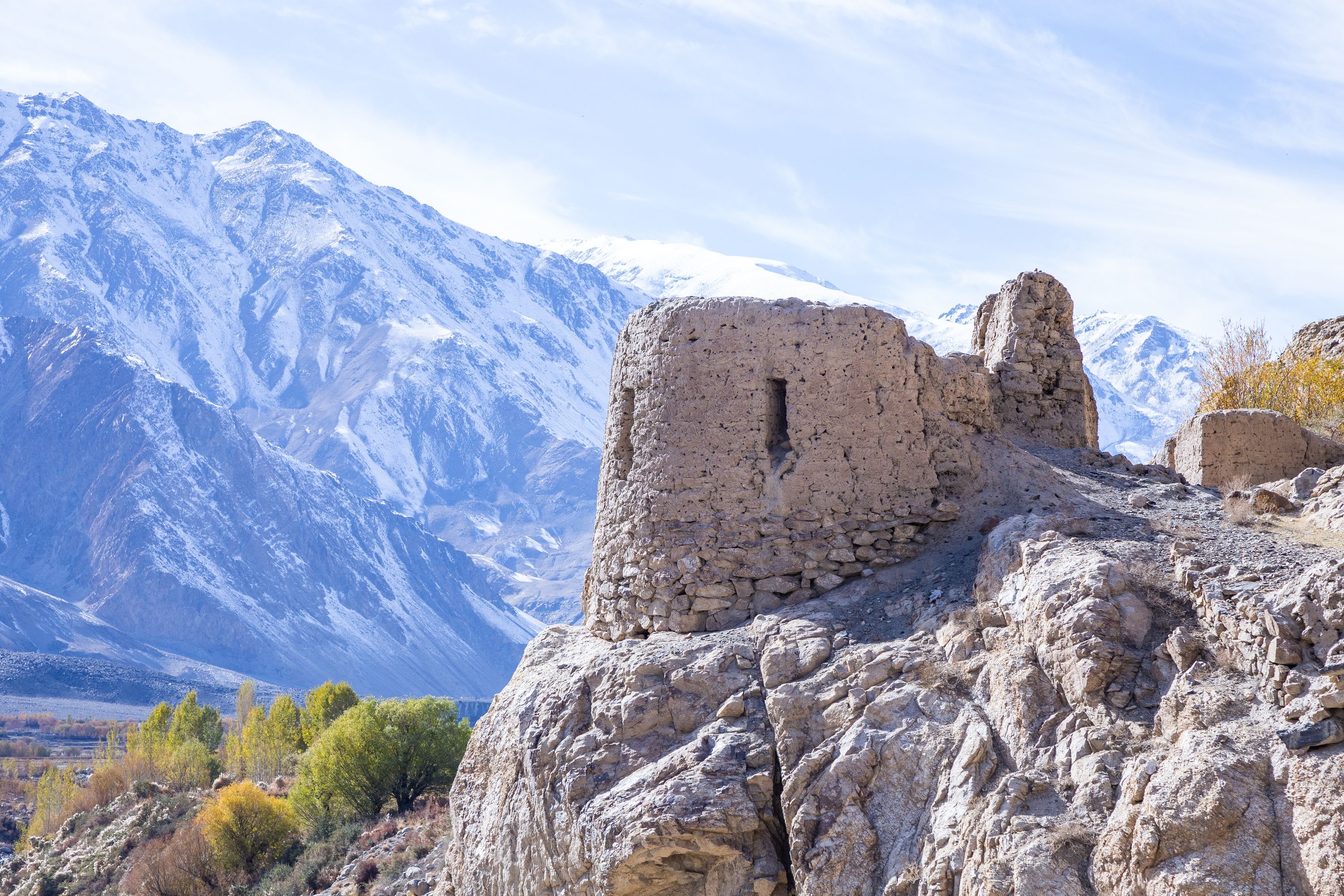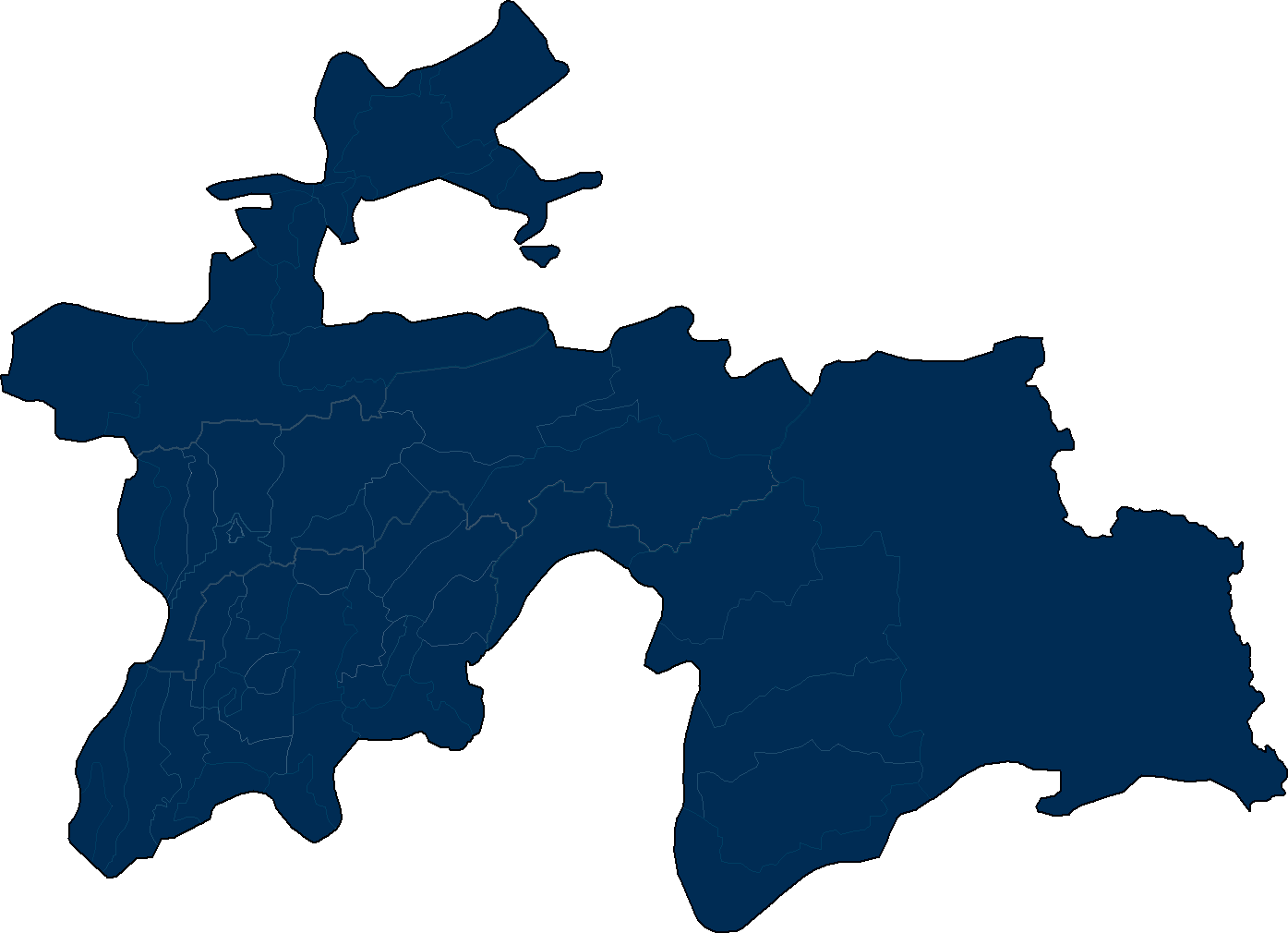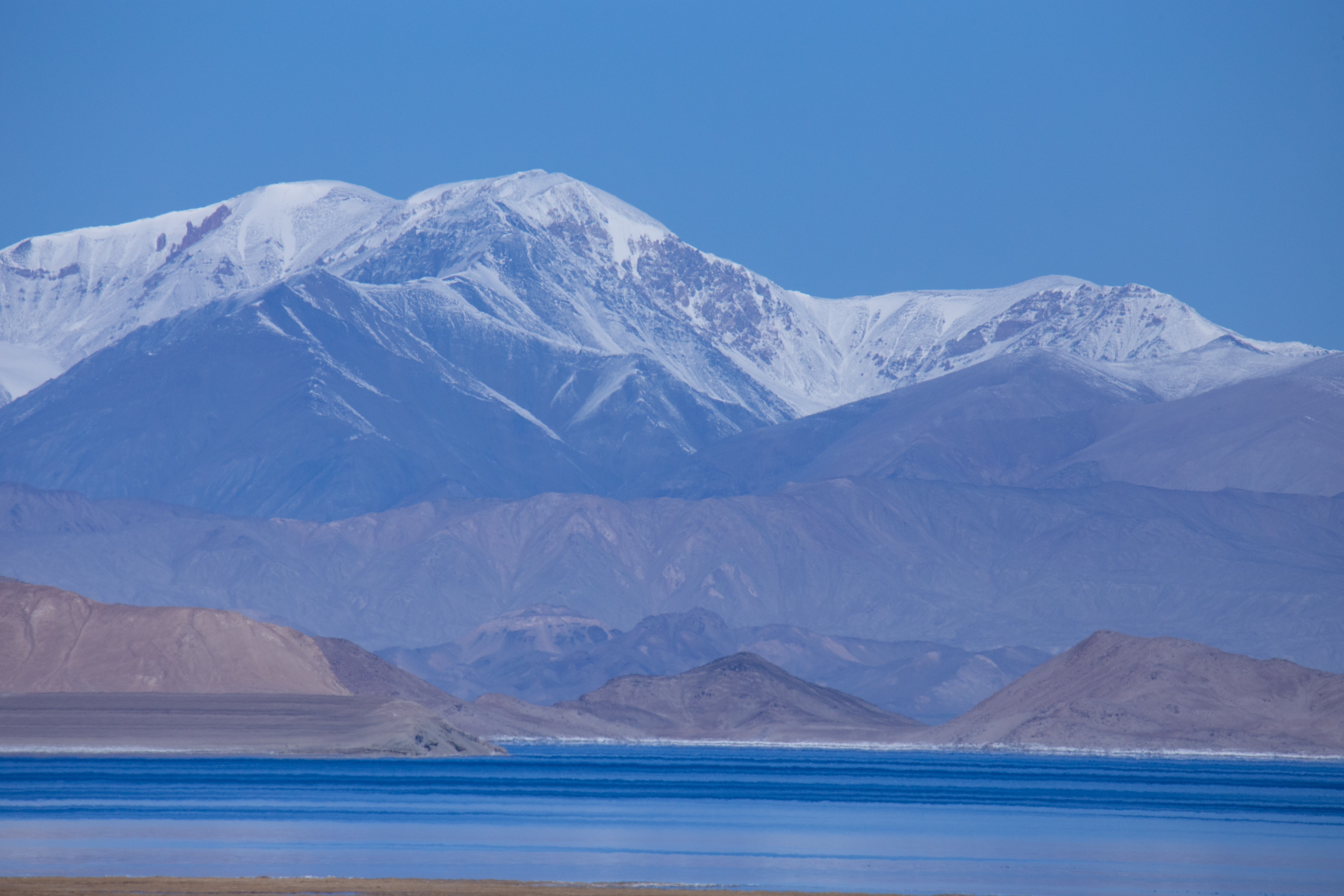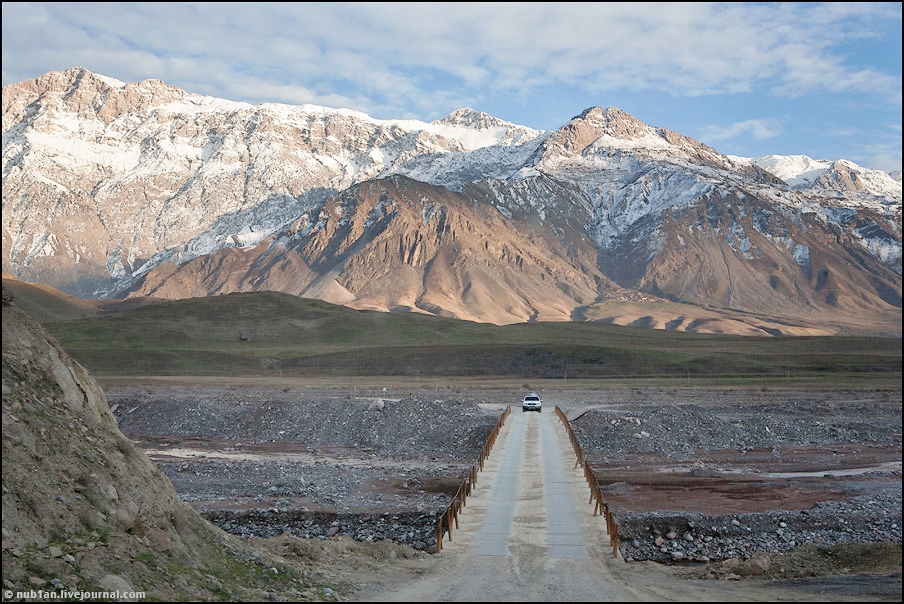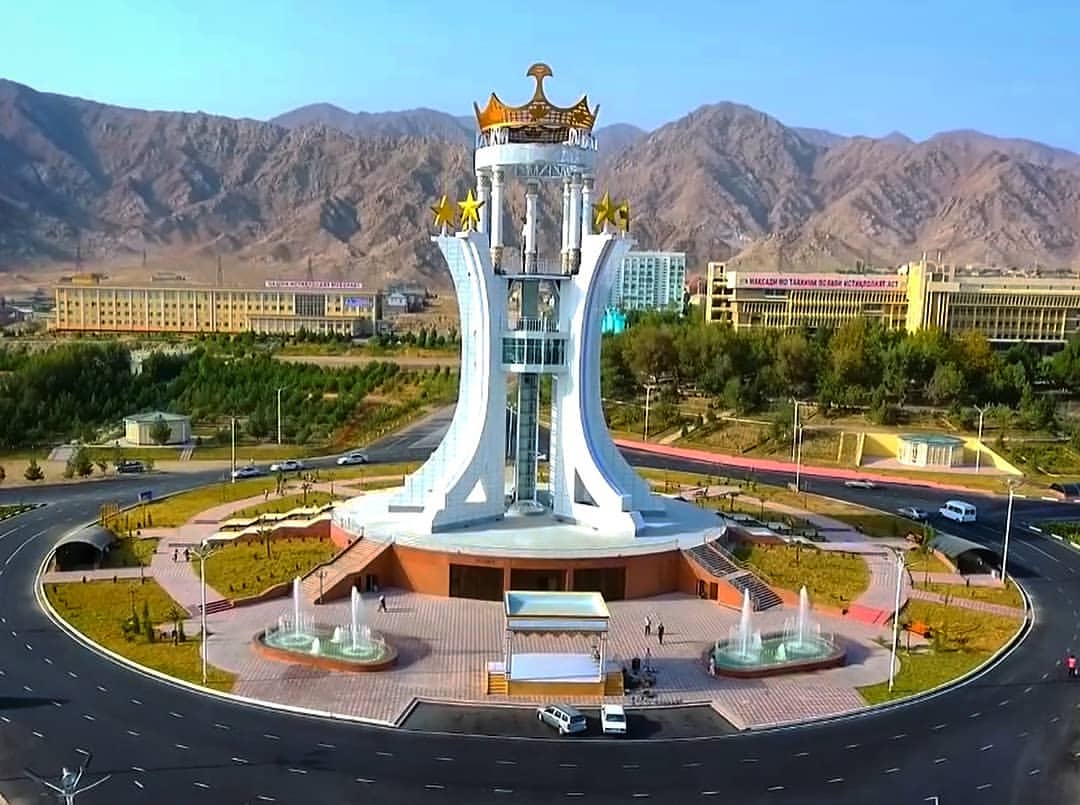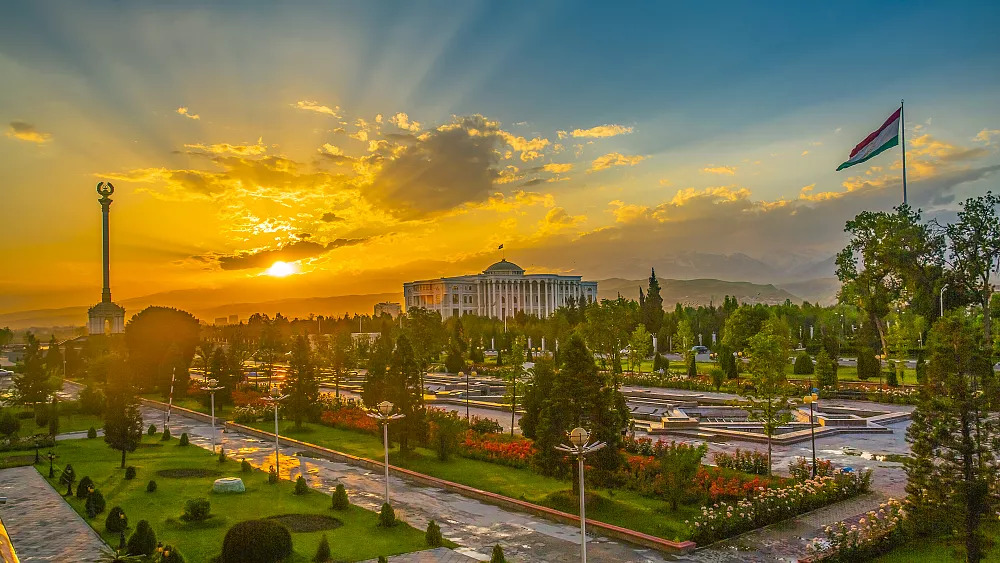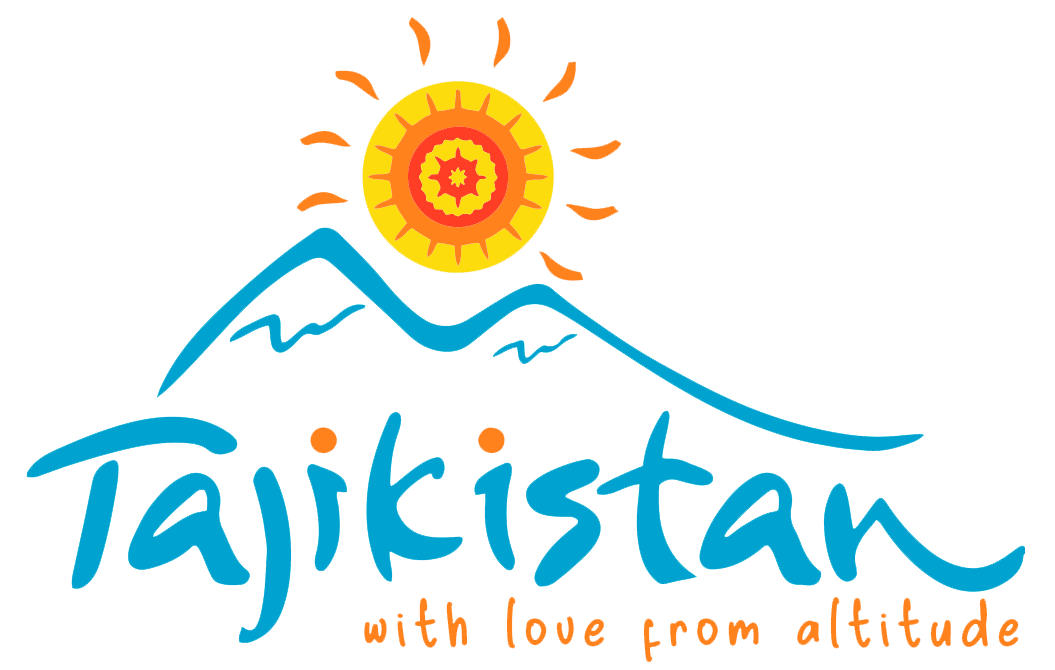Lake Zorkul is located in the eastern Pamirs between Ishkoshim and Murghob on the border of Afghanistan and Tajikistan. It stretches from the east to west for 25 km and covers an area of 87,700 hectares. The territory of the lake is 38, 9 square kilometers, it is located at an altitude of 4125 meters above sea level. The lake is 33 km long and 23 km wide. The Muzkul River flows to the south, and the Qaradjilga River flows to the north of the lake. The lake takes its water from glaciers. The Pamir River flows out of Zorkul into the Pyanj River. Thus, Lake Zorkul is one the source of the Amu Darya River (Oxus River).
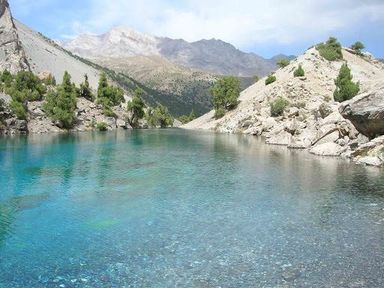
This lake is also known as Victoria. British officer who in 1838 traveled to discover the source of the Oxus. named the lake after Queen Victoria of Great Britain. Hence Zorkul is not only a beautiful natural place but is also a historical place. It is a place where the Great Game for the divisions of the borders of the Pamirs was played 1895. The Zorkul Reserve was established in 2000 to preserve the unique natural complex of the Eastern Pamirs and to protect mountain geese. These and other rare species were listed in the Red Book of the Republic of Tajikistan. In 2001, Lake Zorkul was included in the list of wetlands covered by the Ramsar Convention. In 2006, the State Committee for Environmental Protection and Forestry of the Republic of Tajikistan nominated the Zorkul Nature Reserve for the UNESCO World Heritage List. The Zorkul State Reserve was formed on the basis of the existing Zorkul Nature Reserve in 2000.
Nature of the Lake Zorkul
The lake is fresh, full of fish and waterfowl. The main fish species inhabiting the Zorkul Lake and the Pamir River are pseudo-osman. The largest colony of the mountain goose (Anser indicus) is located on Lake Zorkul, where up to 250 pairs of birds’ nests. In the spring Lake Zorkul is covered with a thick layer of ice and is inaccessible for migratory birds. Starting from August to October tens of thousands of water birds will find food and rest here. In summer, birds of the northern hemisphere live here (various ducks, crustaceans, gulls, terns, etc.). There are more than 15 species of mammals. There is an island in the middle of the lake, which is named as the ‘Edelweiss Island’. There is a full-fledged plantation of Edelweiss plants, hidden among the rocks in this island. Interestingly, the blooming time of the edelweiss coincides with the release of the eggs of the pseudosmann.

The reserve is home to Marco Polo, the rarest breed of mountain sheep in Central Asia and the world. The reserve is also home to such rare species of animals and birds as red wolf, brown bear, Tibetan snow leopard, white dove and others.
The mountain goat of Central Asia known as Pamiri arkhar, hare, wolf, fox, silver bird and snow leopard are typical inhabitants of the Zorkul Nature Reserve. Red wolves, argali, tigers, brown bears and other animals and birds are protected by the state as they are listed in the Red Book of the Republic of Tajikistan.The relief of the reserve consist of the wide sand and gravel valleys. This reserve was formed to protect the animal, in particular the rare species of mountain geese, and to combat poaching, the disappearance of argali and other animals. The plantation of the lake is really poor, and trees are completely absent. Cushion plant are the main type of the alpine type of vegetation. Some types of sedges: round, black head, and others are common in the lake.
Gallery
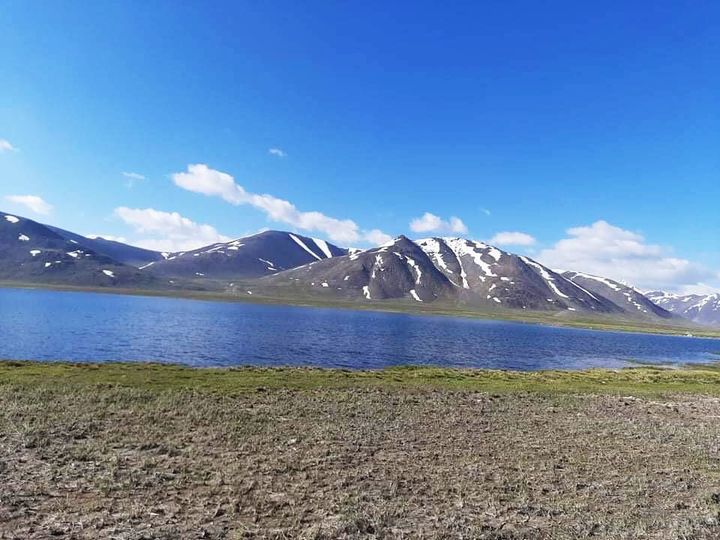



Routes to the Lake
Zorkul lake and its environs are part of the Zorkul Nature Reserve, which is located 388 km from Khorog to Murghab (along the Pamir Highway) and 340 km from Khorog in the direction of the Wakhan Valley. The main routes to the Zorkul Nature Reserve go from Murghob, and from Ishkoshim districts through the highways.
